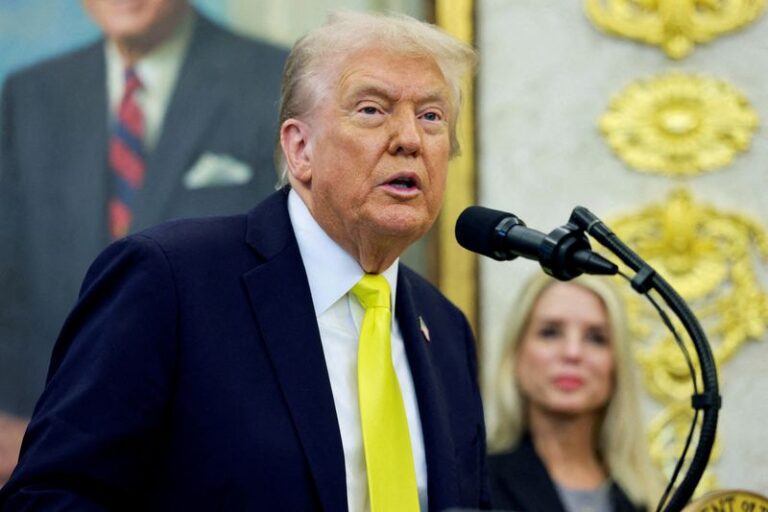
Investor volatility outlook for 2025 is clouded by significant uncertainty as political pressure mounts on the Federal Reserve. This external influence poses a risk to the Fed’s independence, potentially leading to unpredictable economic outcomes and a more turbulent market environment for investors.
Market analysts anticipate this could result in wider swings in bond yields and complex inflation management challenges. Understanding this interference is crucial for investors as it deviates from typical data-driven policy decisions.
Key metrics to monitor include bond yield movements and inflation expectations, which analysts predict will experience wider fluctuations, leading to significantly increased volatility.
This analysis delves into the potential economic ramifications for 2025.
Expert Market Analysis
The prospect of heightened political pressure on the Federal Reserve in 2025 introduces a significant layer of uncertainty into the investor volatility outlook. Historically, central bank independence is a cornerstone of stable monetary policy. When this autonomy is perceived to be compromised, even indirectly, market participants often react with increased caution, leading to broader market swings. This situation echoes past economic periods where political interference disrupted predictable policy cycles, resulting in wider fluctuations in asset prices, particularly bond yields. The Federal Reserve’s dual mandate of price stability and maximum employment hinges on its ability to operate free from short-term political considerations. Any deviation from data-driven decision-making, fueled by external pressures, can undermine market confidence and introduce systemic risk, making it imperative for investors to recalibrate their risk assessment strategies for the coming year.
From a fundamental analysis standpoint, the market’s interpretation of political influence on the Fed’s policy trajectory is paramount. If the Fed is seen as delaying necessary interest rate adjustments due to political expediency, it could exacerbate inflationary pressures, leading to a significant upward revision in long-term inflation expectations. Conversely, an unexpected dovish shift driven by external demands might spook bond markets, signaling a potential loss of credibility and leading to sharp increases in bond yields. Key metrics such as the yield curve’s shape, inflation breakeven rates, and the Fed’s own statements will be closely scrutinized. For instance, a persistently flat or inverted yield curve under these conditions could signal growing market unease about future economic stability and the Fed’s effectiveness in managing inflation.
Comparing the US Federal Reserve’s current predicament to peer central banks, such as the European Central Bank (ECB) or the Bank of Japan (BOJ), highlights a unique challenge. While many global central banks navigate complex economic landscapes, the direct and public nature of political pressure on the Fed is less common among developed economies. This differential in perceived operational autonomy can create distinct market reactions. For instance, currencies of nations with more entrenched central bank independence often exhibit greater stability. This distinct US political context could lead to divergent investor sentiment and capital flows, potentially impacting the US dollar’s standing and creating specific risks or opportunities compared to economies where central bank independence is more robustly protected from political discourse.
The immediate takeaway for investors is the amplified need for vigilance and robust risk management. The uncertainty stemming from political pressure on the Fed presents both elevated risks and potential opportunities, particularly for bond investors anticipating greater volatility in yields. Seniors, often reliant on fixed-income stability and predictable inflation, face a more challenging outlook for maintaining purchasing power. While short-term trading strategies might capitalize on increased market swings, a long-term investment approach would likely favor diversification and an emphasis on assets less susceptible to the whims of monetary policy shifts. Key events to monitor include upcoming FOMC meetings, official Fed communications, and any further public commentary from the Presidency that could influence policy expectations, alongside crucial economic indicators.
Related Topics:
Federal Reserve analysis, Investor volatility 2025, Monetary policy uncertainty, Bond yield outlook, Inflation management challenges, Central bank independence, US economic outlook, Political pressure on Fed


